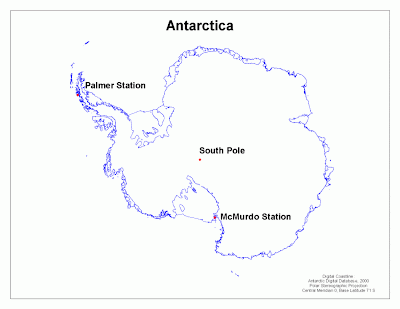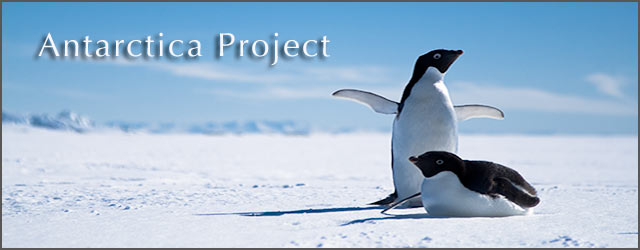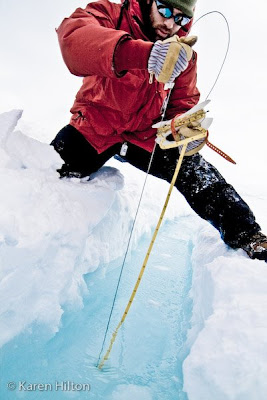At the bottom of our globe we find the world’s fifth largest continent: Antarctica. Isolated, cold, dry, windy and white are perhaps the best words that characterize this foreign land. Its pureness is absolute, its size grandeur, and its inhospitable environment daunting.
"For centuries, Antarctica has been a land of inspiration through its exploration and science." Today, the National Science Foundation (NSF) funds and manages all US scientific research and support on the continent.
The Antarctic Treaty was signed in 1959, ensuring that the entire continent be reserved for peaceful purposes only. According to the NSF website, there are 46 nations who participate in this treaty, and of the 29 countries actively involved in field studies, the United States is the largest. At McMurdo Station alone, nearly 1000 people support the 300 scientists, or ‘grantees,’ in conducting over 80 research projects during the 2007/08 Season.
From October through February, Antarctica's austral summer, I worked for the Field Safety Training Program (FSTP), an integral part of the Science Support Center at McMurdo. With six members in our team, we were involved in assuring the safety of all field scientists through survival training programs, sea ice monitoring projects, deep field logistical planning and preparation, direct mountaineering assistance, and search and rescue response.
This position allowed me the opportunity to travel to a variety of locations throughout the continent, from the top of Mount Erebus, the southern most active volcano in the world, to the South Pole. Now that I have returned to the United States, i am continually asked, "So what was it like being in Antarctica?" My response: "It's the only place in the world where I felt as though I was a part of something bigger than life itself."
Welcome to my journey.






















































